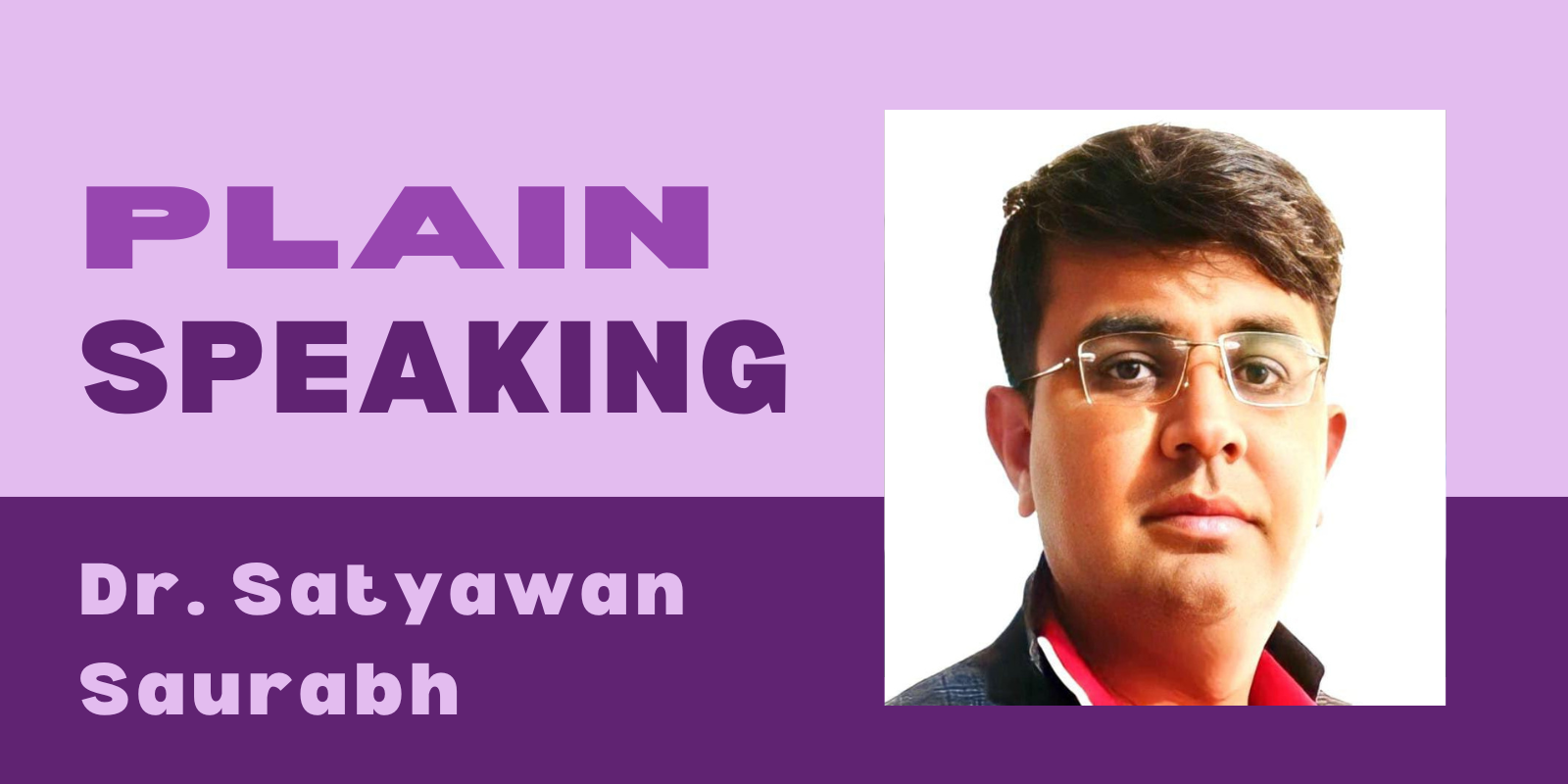World Veterinary Day is celebrated every year on the last Saturday of April to honor the role of veterinarians and focus on the interrelationships between animal health, human health, and the environment. This article explains how veterinarians are not just doctors of animals but are integral pillars of the rural economy, food security, and public health. Veterinary services in India, especially in rural areas, suffer from a lack of resources, policy neglect, and a lack of social respect. Long-standing agitations by VLDA workers in states like Haryana reflect this plight. Technology, women’s participation, and concepts like ‘One Health’ are bringing new possibilities to the sector. But unless veterinarians get adequate resources, social respect, and policy support, holistic health security will remain incomplete. Veterinary medicine is a service not just to animals but to the entire society, and should be taken with the same seriousness.
World Veterinary Day is celebrated every year on the last Saturday of April, which is not only an occasion to appreciate the work of veterinarians but also highlights the interrelationships between animal health, human health, and the environment. This day reminds us that healthy animals are not only the basis of the livelihood of livestock farmers but also protect global food security, public health, and biodiversity.
The Role of Veterinarians: The Silent Heroes of Survival
Veterinarians do not just treat animals; they are the custodians of the entire animal husbandry system. From village farmers to large dairy industries, these specialists are the backbone of everyone. They not only treat diseases but also play a leading role in preventing them, conducting vaccination campaigns, and fighting epidemics.
Even when the crisis on human health deepened during the coronavirus pandemic, veterinarians did not turn away from their duty. Works like animal vaccination, animal husbandry services, and emergency surgery continued uninterrupted. Their contribution proves the importance of the ‘One Health’ approach, where the health of humans, animals, and the environment is viewed from a holistic perspective.

Veterinary Services in Rural India: A Victim of Neglect
A large population of India still lives in rural areas, where animal husbandry is not just a business but a part of life. But this rural India is also the biggest example of the poor state of veterinary services. Limited resources, inadequate staff, poor infrastructure, and negligence of field staff—all these together make treating animals a struggle.
Employees like VLDA (Veterinary Livestock Development Assistants) have been agitating for years for improved service conditions and professional recognition. The VLDA agitation in Haryana that lasted for more than 1000 days highlights the gravity of this neglect.
Veterinary medicine and women’s empowerment
Participation of women in the profession is also increasing, especially as animal helpers and para-veterinary staff. Many rural women are today becoming part of animal health services, not only becoming economically empowered but also becoming agents of change in their communities. This is a positive sign, which needs to be further encouraged at the policy level.
Challenges: Doctor vs. Dog Carer Image
It is often seen that veterinarians do not get the respect that human doctors get in society. Their identity is limited to a “dog caretaker” or “cow doctor,” while they play the role of epidemiologist, surgeon, vaccine planner, and researcher.
The solution to this problem lies not just in salary and promotion but in a change in the thinking of society.
Introduction of technology in veterinary medicine: future directions
Today, the wave of Digital India is entering veterinary medicine as well. Facilities like animal health records, e-diagnosis, and online consultation are being started through mobile apps. Artificial intelligence and drone technology are also becoming helpful in animal census, monitoring, and emergency assistance. To ensure that this change reaches the rural level, the government and the private sector will have to work together.
Policy making and veterinary medicine
Animal health still does not get priority in government policies. Only a limited part of the budget is allocated for animal husbandry and veterinary services, although this sector is linked to the livelihood of millions of people. It is necessary to increase the number of veterinarians, training, and investment in infrastructure.
To implement the “One Health Mission” on the ground, the state governments will also have to be aware and committed. Unless the veterinarian gets the status of a frontline health worker, the talk of holistic health will remain incomplete.
Respect, resources, and structure—all three are needed.
On World Veterinary Day, only greetings will not suffice. There is a need for serious introspection—how much respect, support, and resources are we able to give to our veterinarians? If the animals fall sick, the farmer goes in debt, the milk supply stops, and ultimately, the consumer is also affected.
Therefore, this day is not just a celebration of veterinarians but of the entire society. It reminds us that animal health, human health, and the health of the earth are all tied together.
Today, there is a need for such thinking that sees veterinarians not just as “veterinary doctors” but as ‘health warrior’s.






